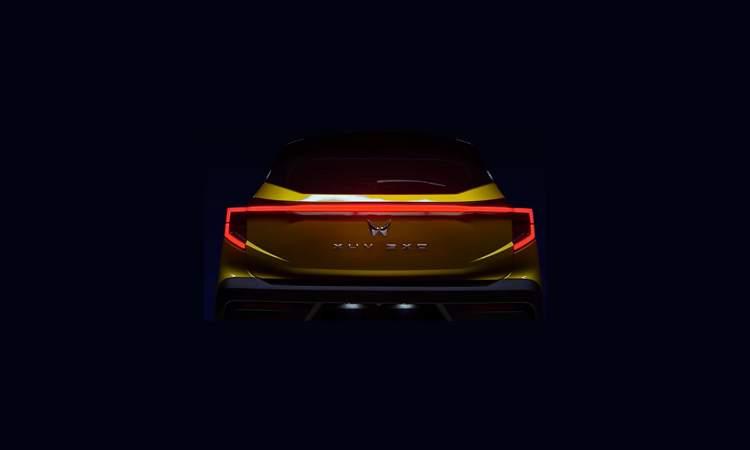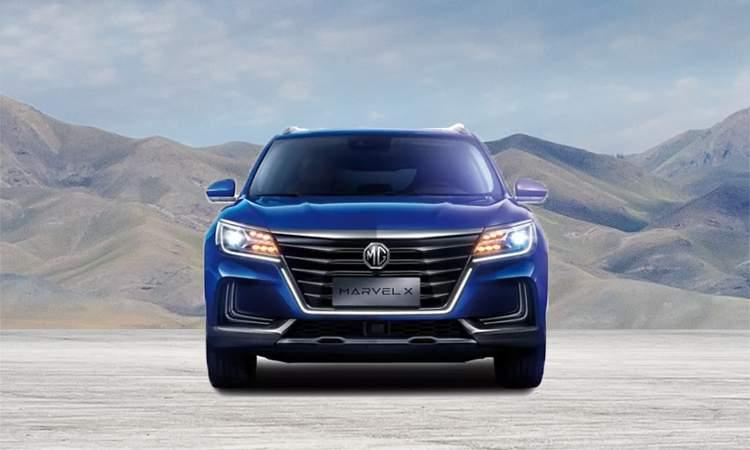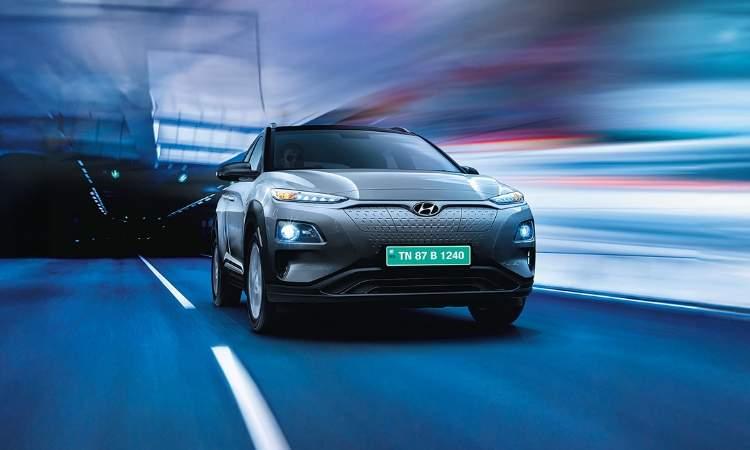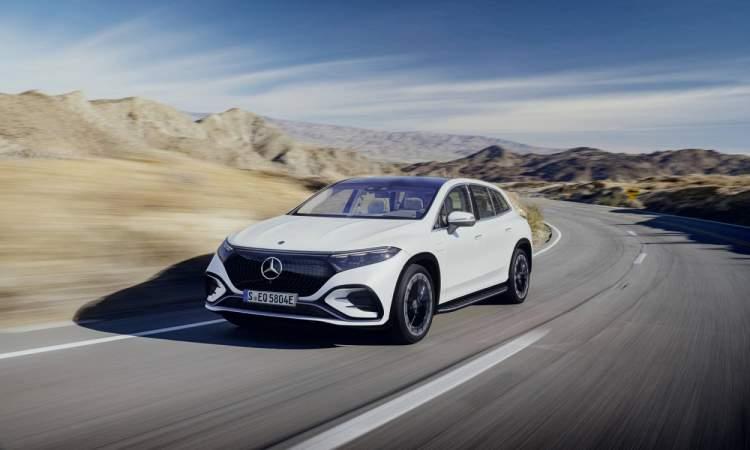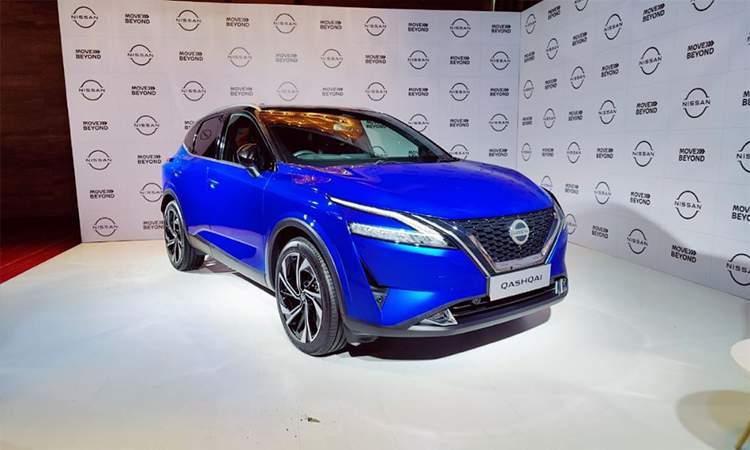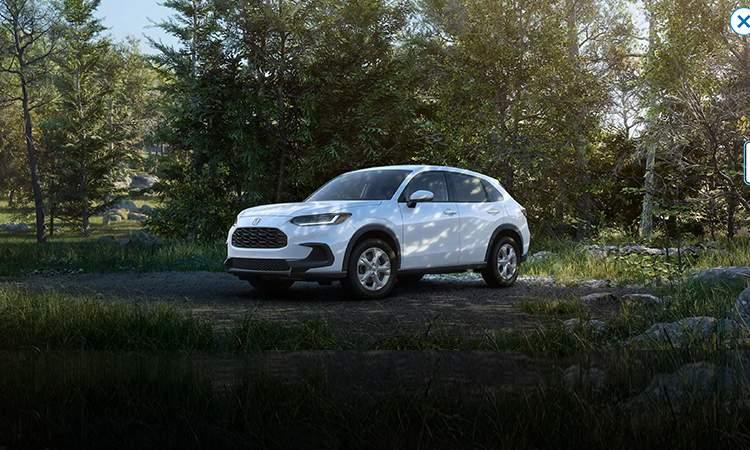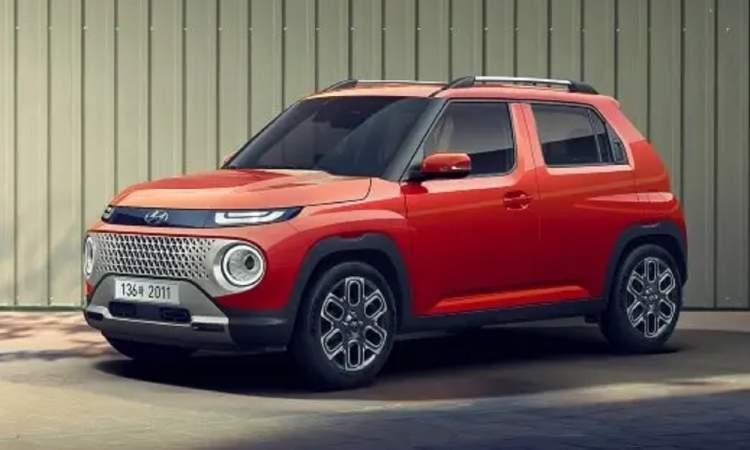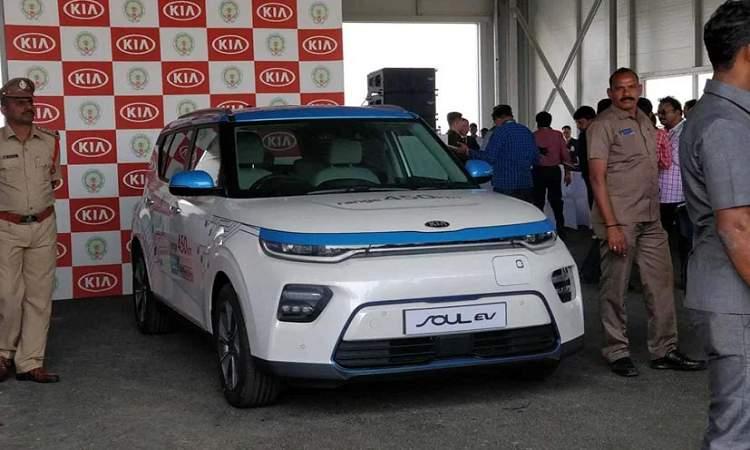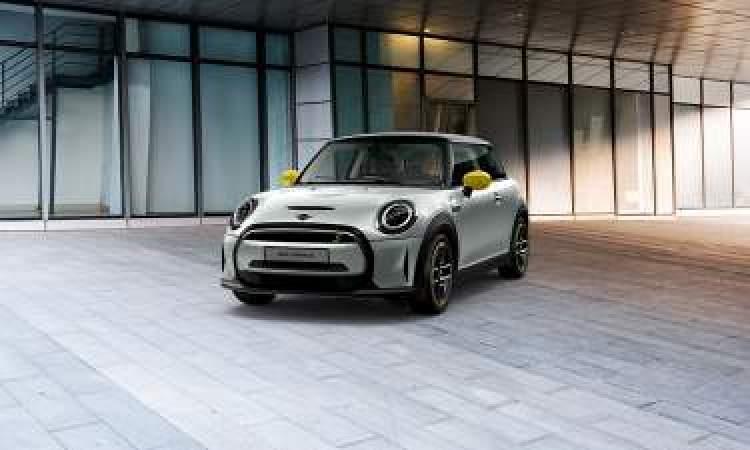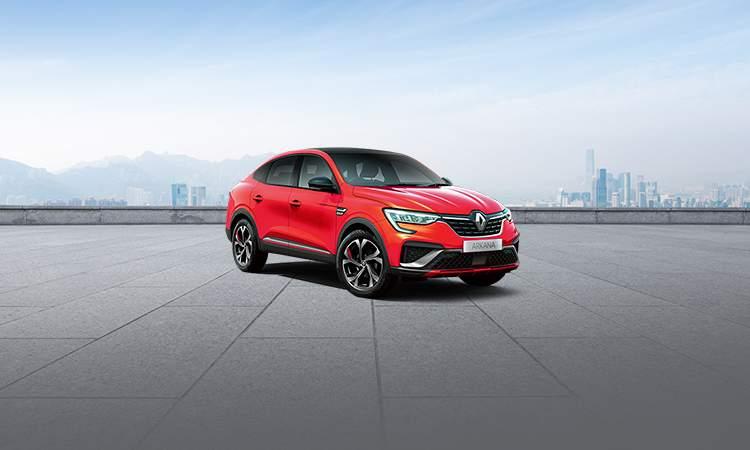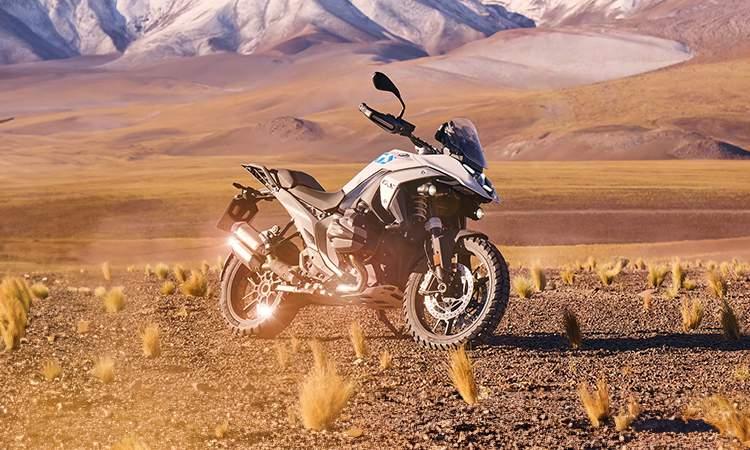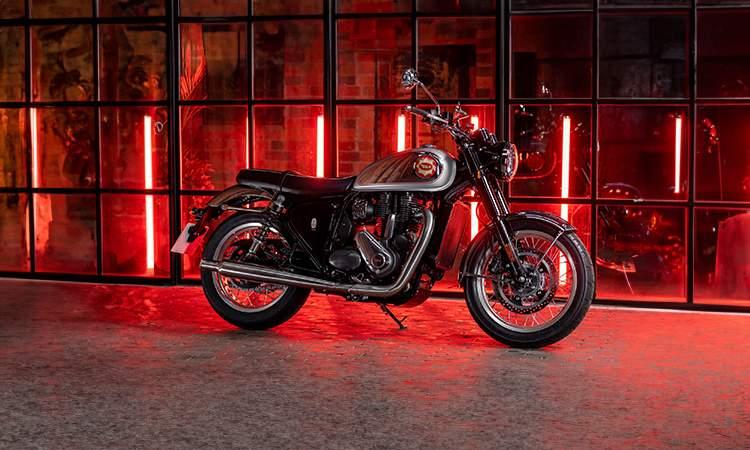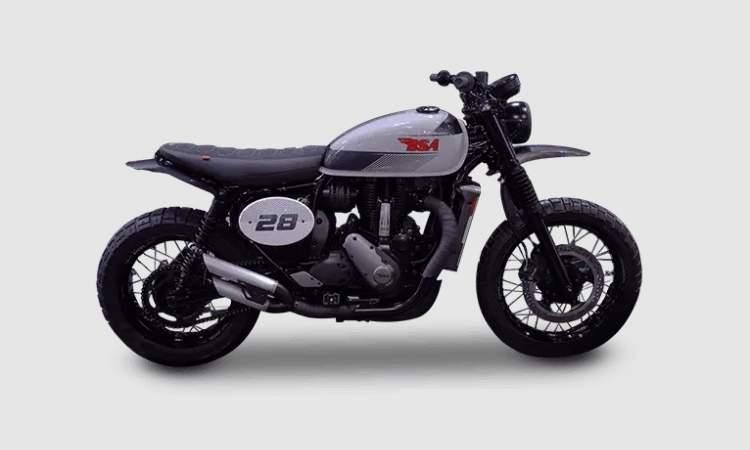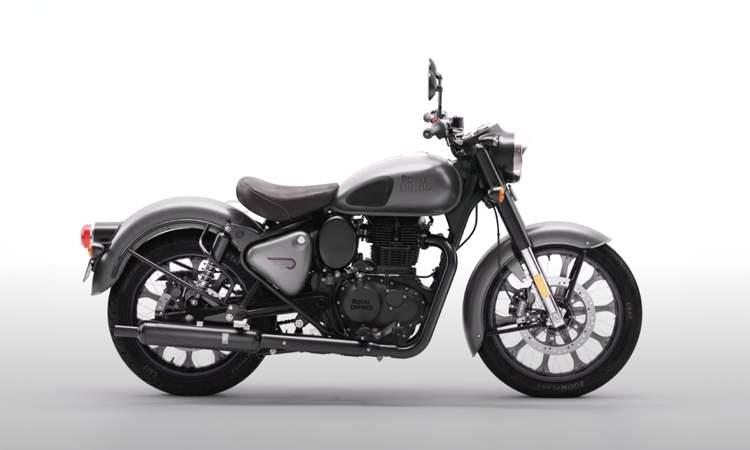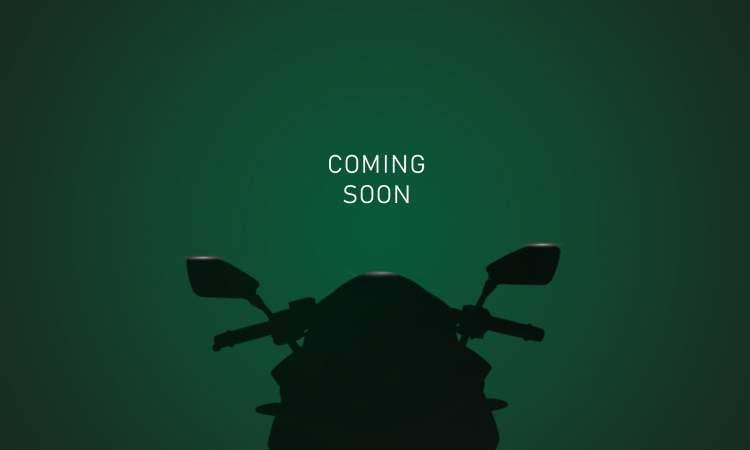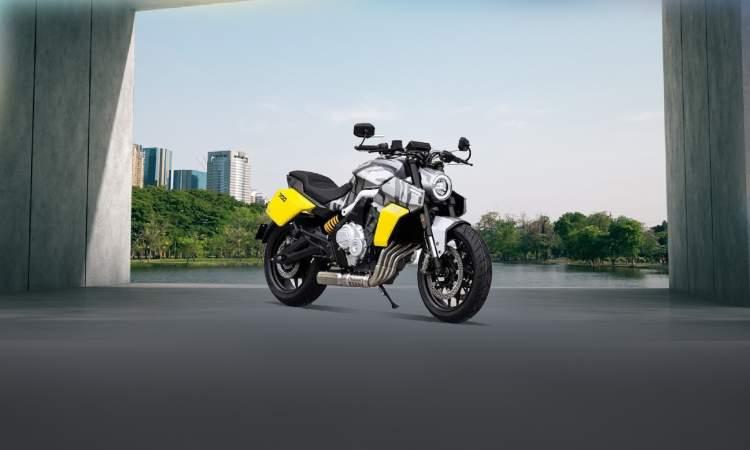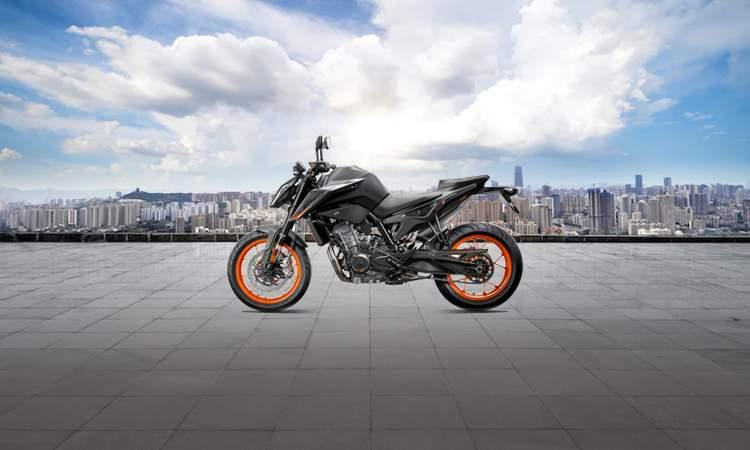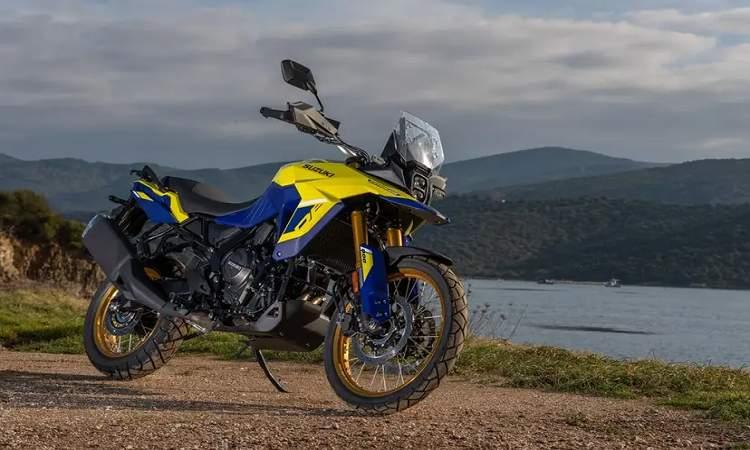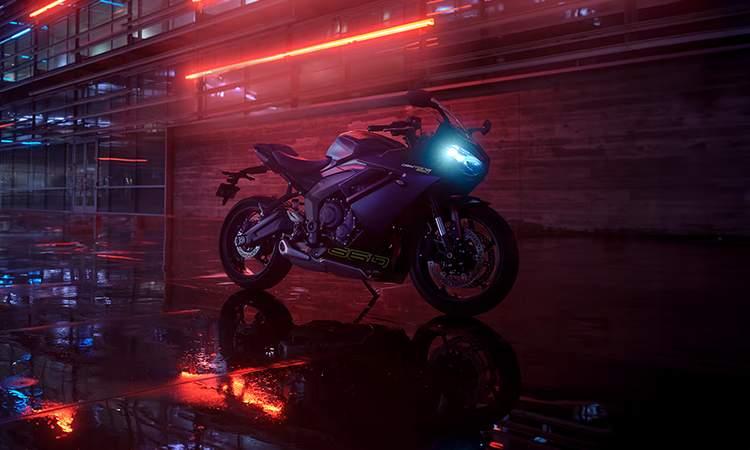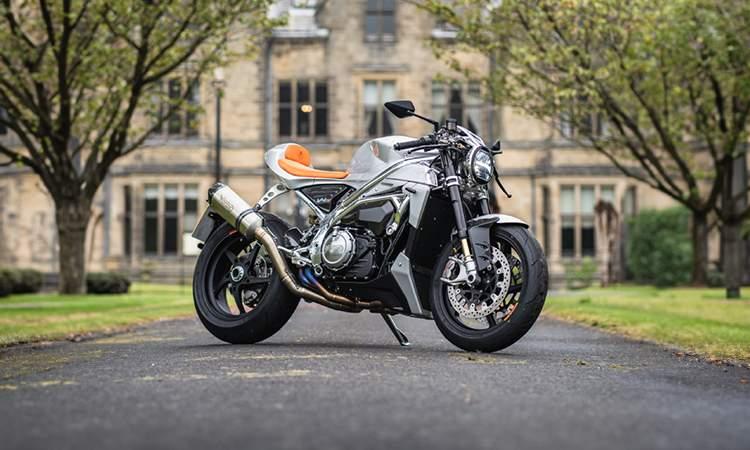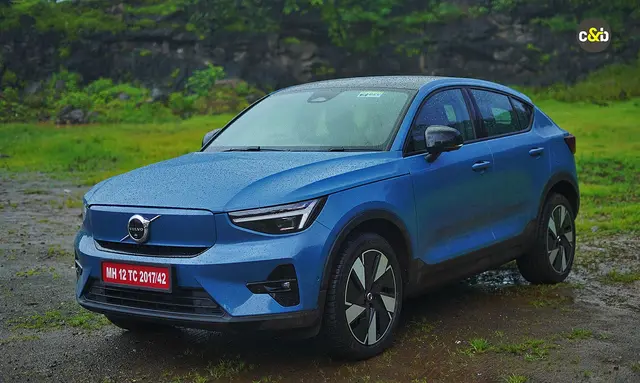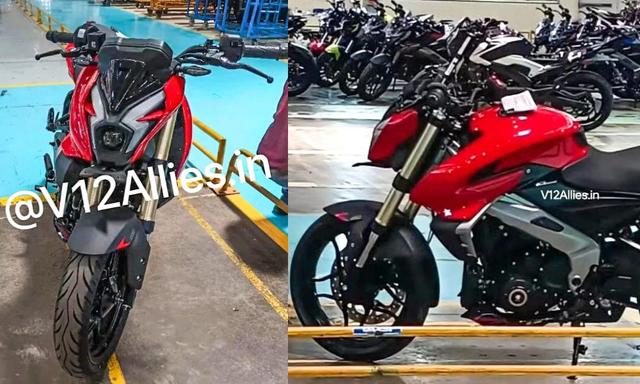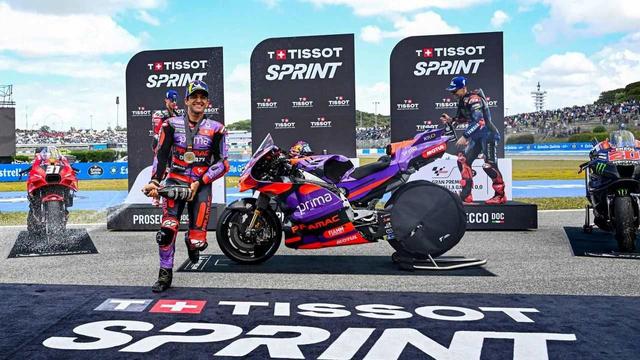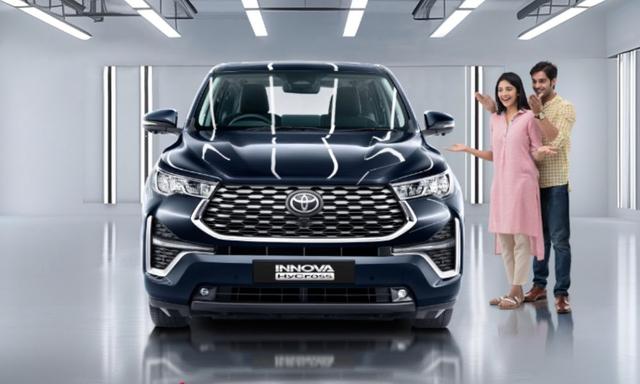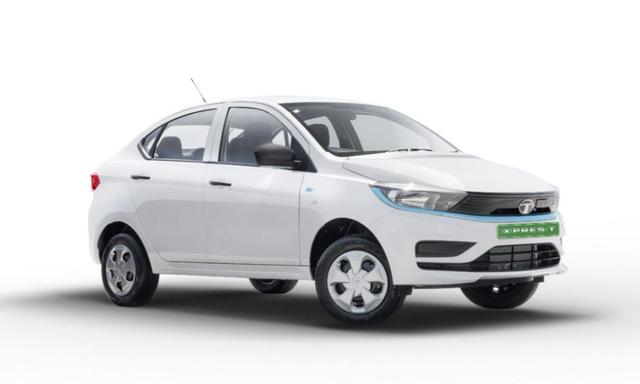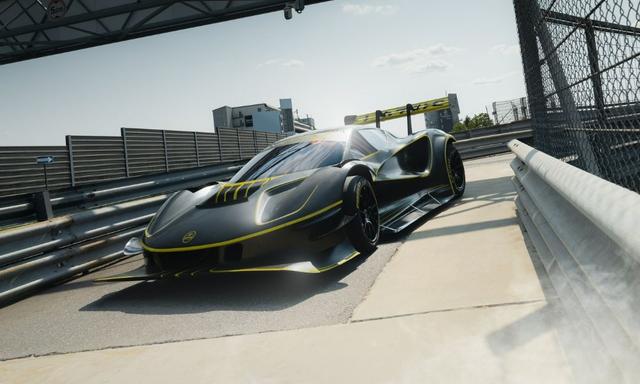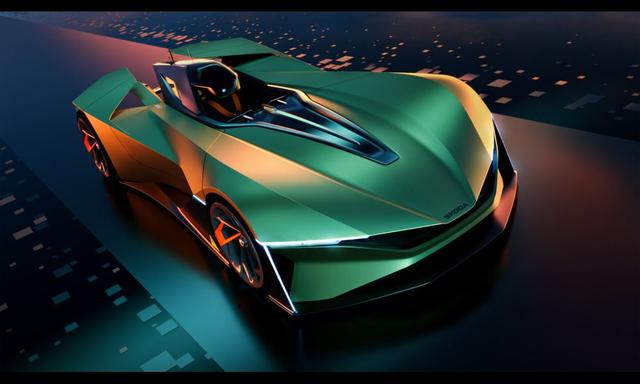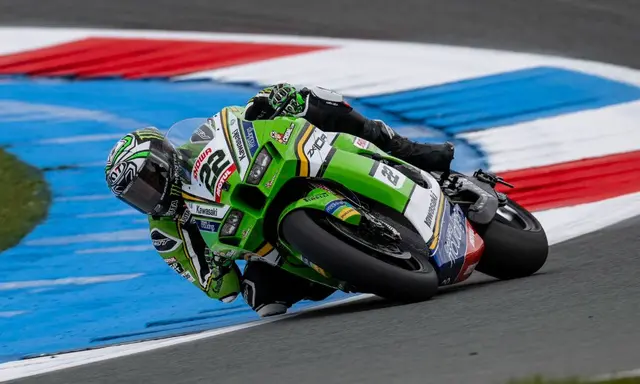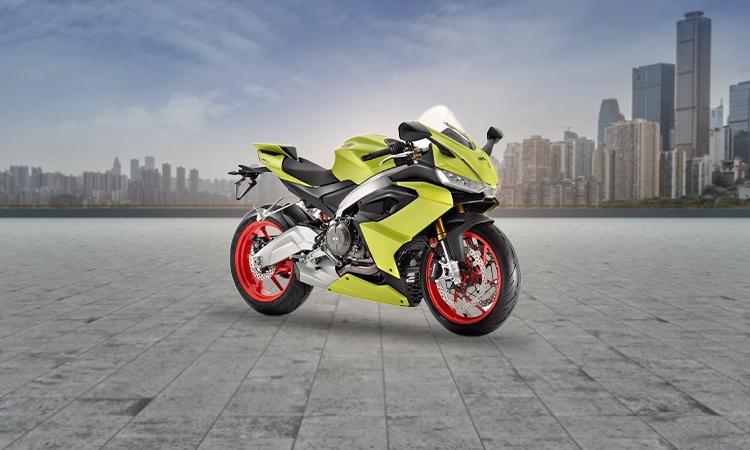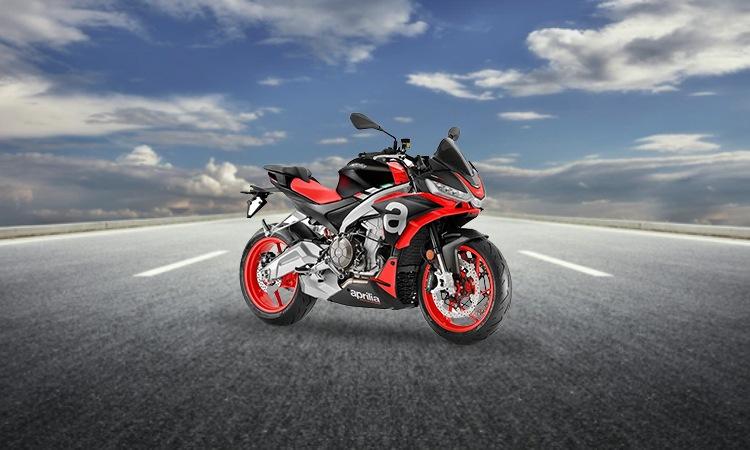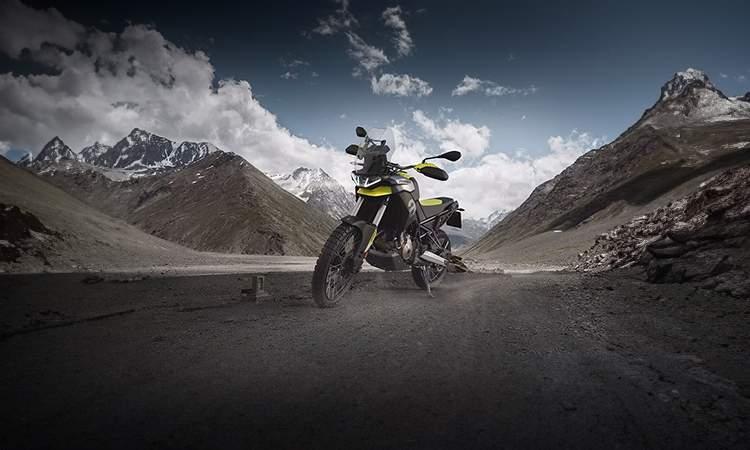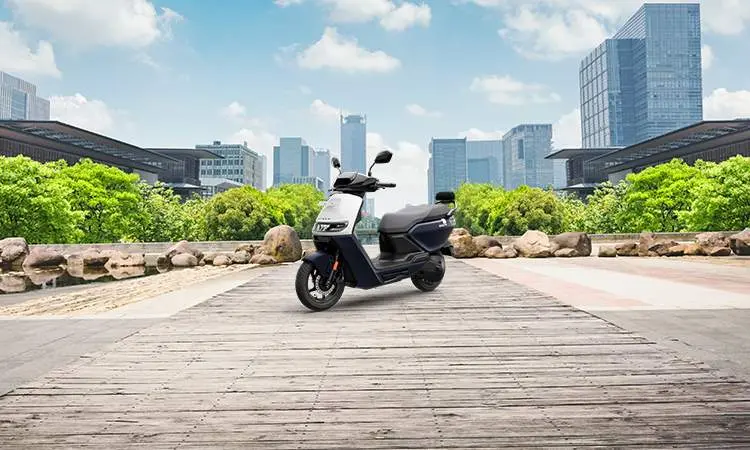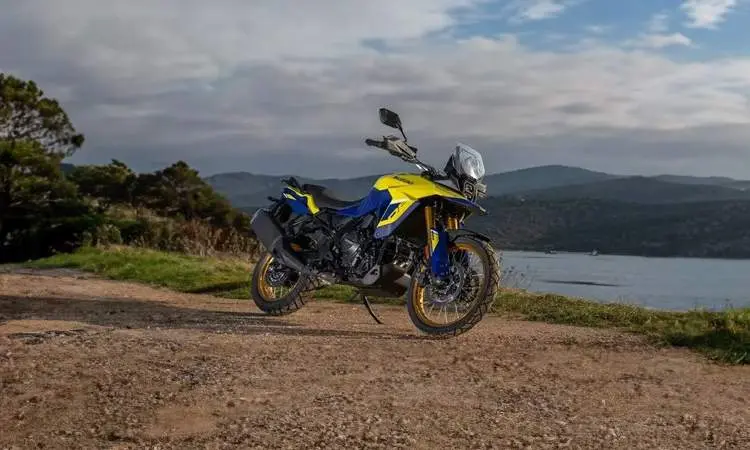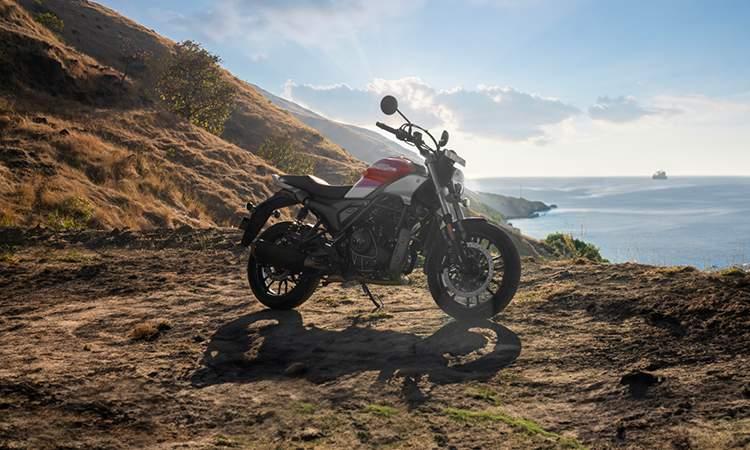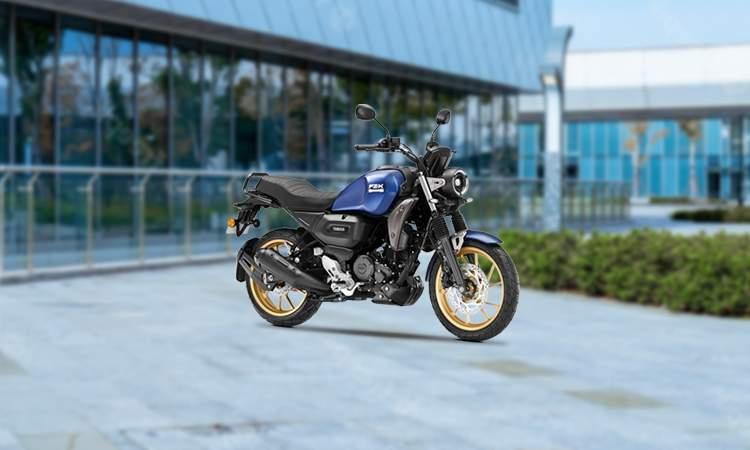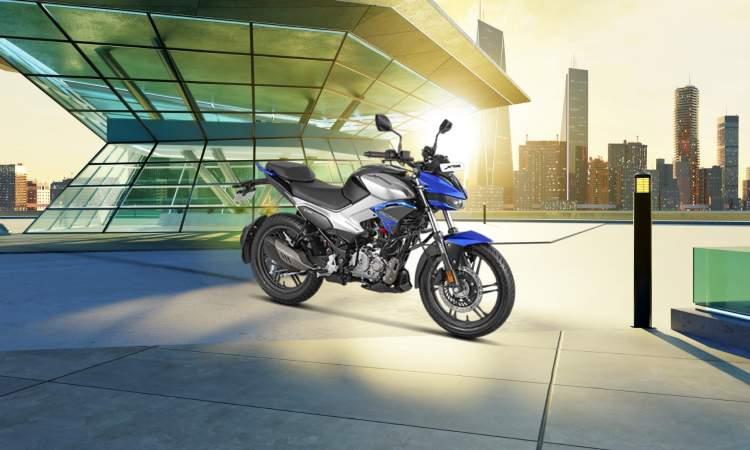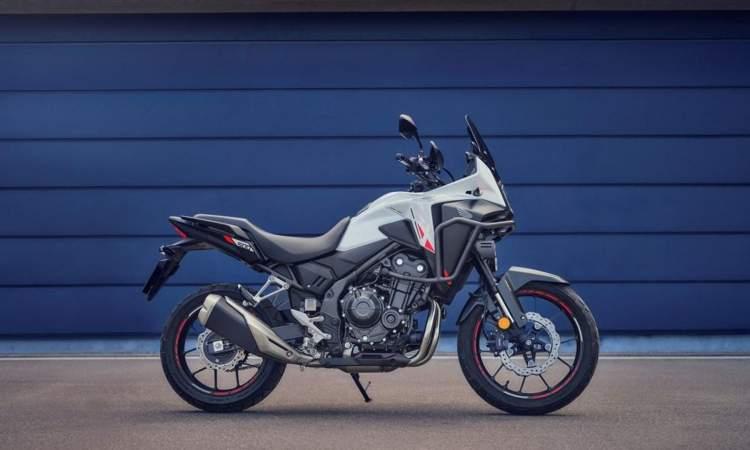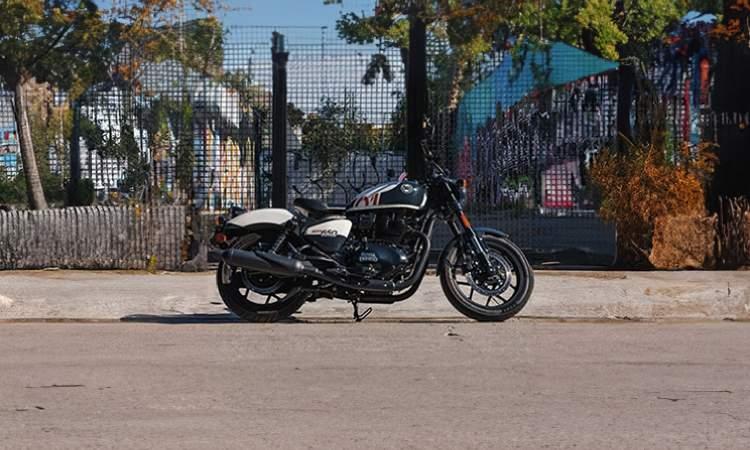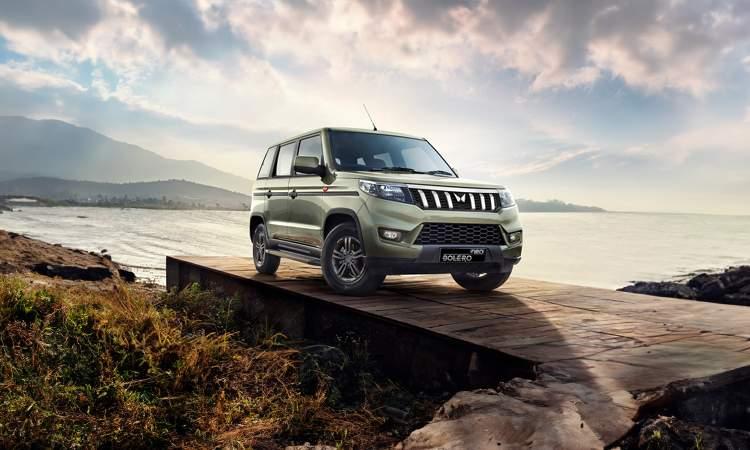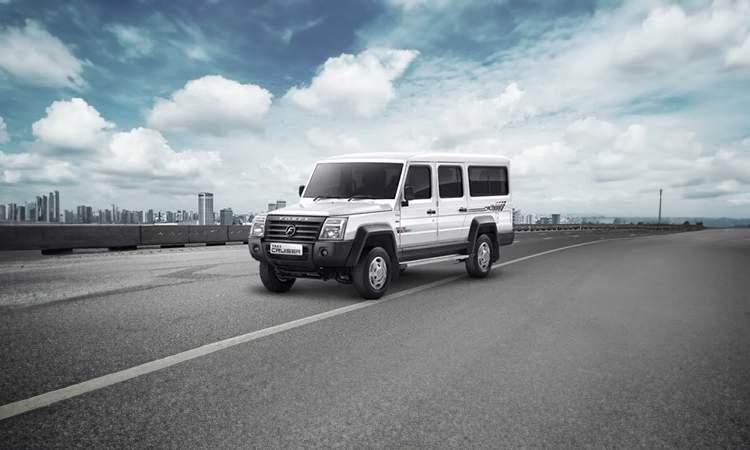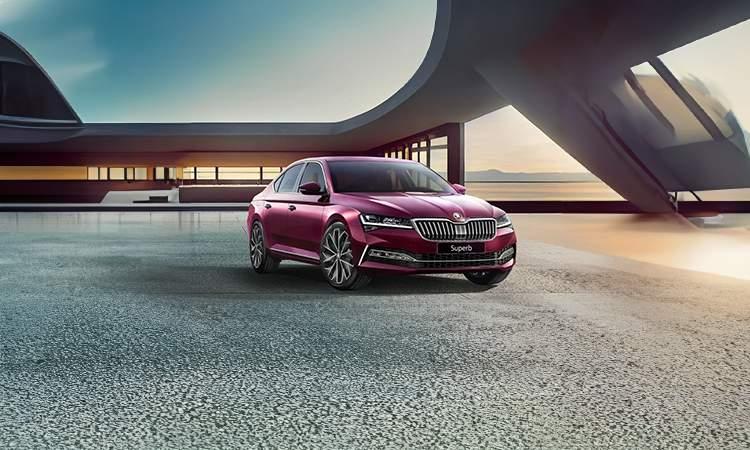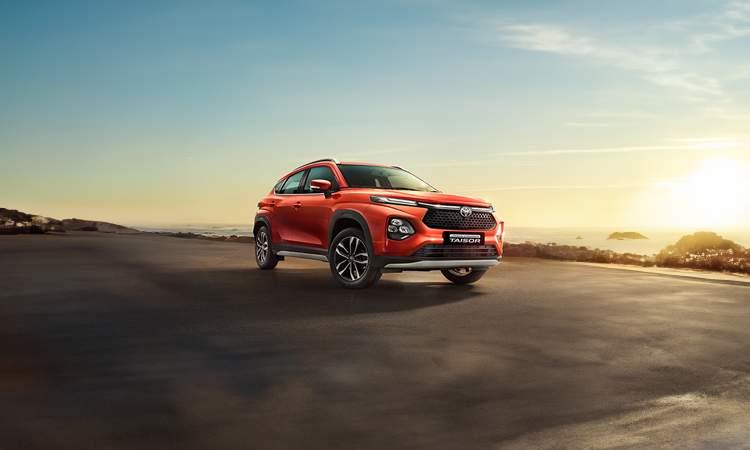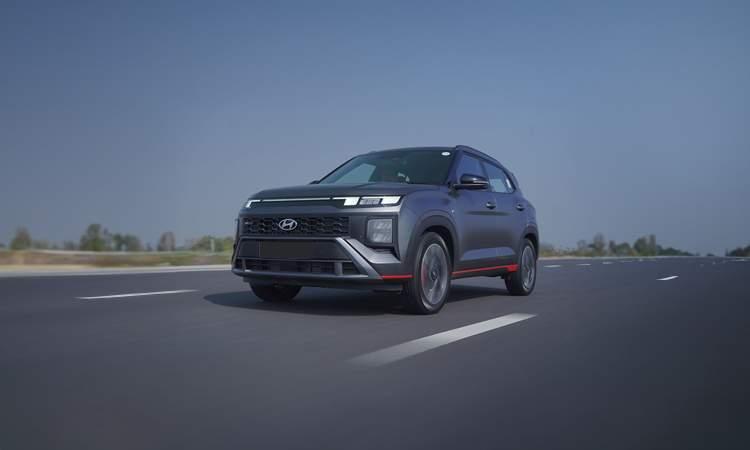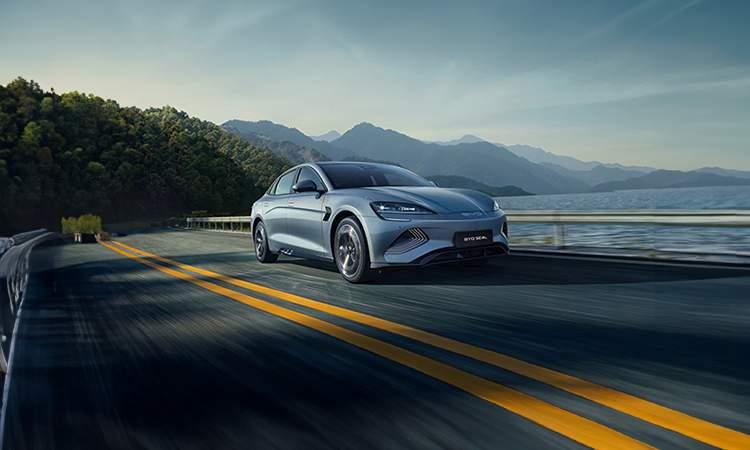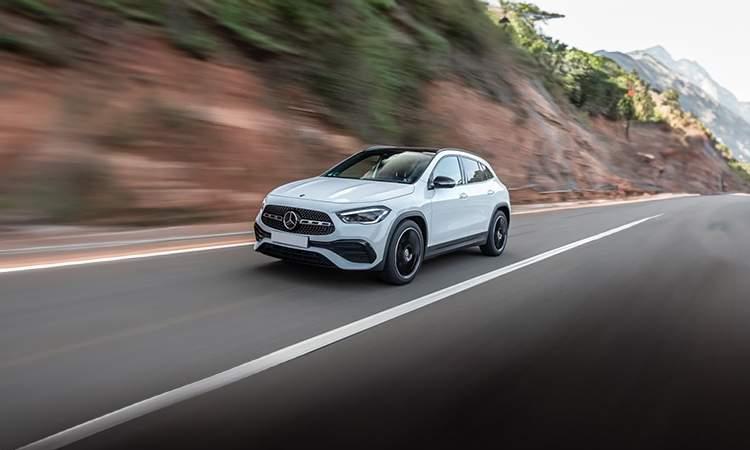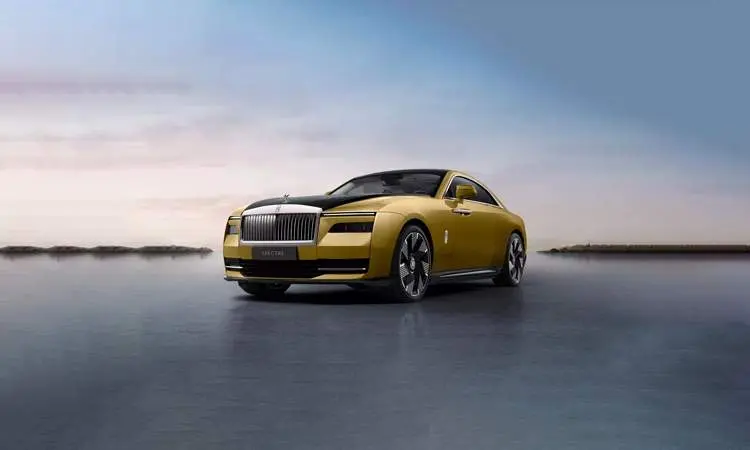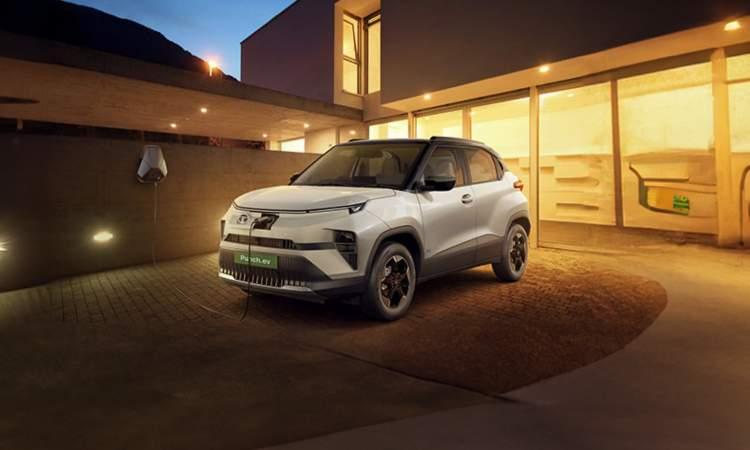Honda Patents Reveal Crosswind Assist And Lane Warning Systems
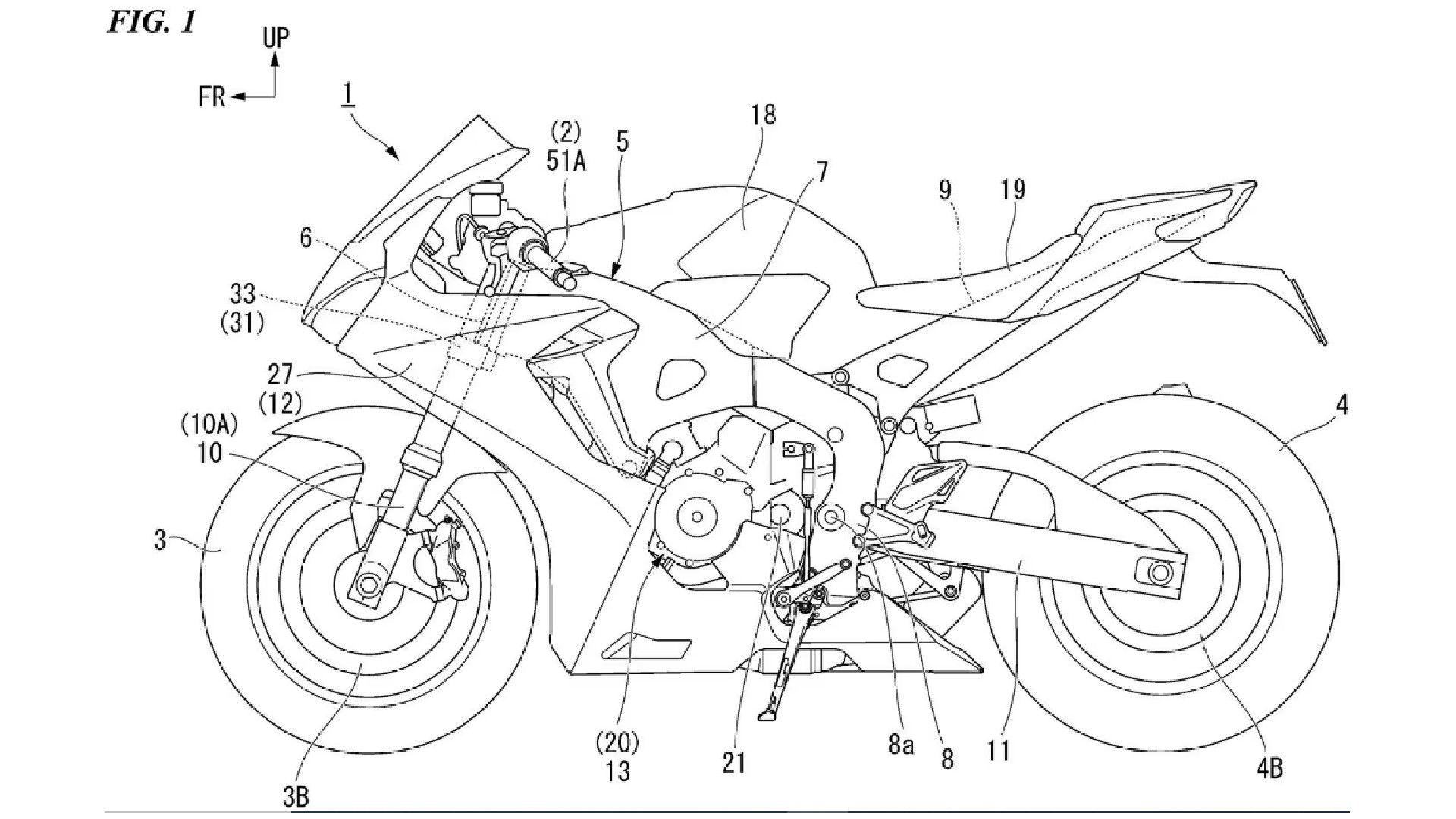
Highlights
- Honda's next-generation rider aids revealed
- Crosswind assist system to help steer bikes
- Lane warnings and blind spot monitoring through haptic feedback
Recent patent filings by Honda reveal its next-generation rider-assistance systems, which include the idea for a crosswind-countering system. And it’s only one of the systems Honda seems to be working on. Now, Honda has been working on rider-assist features for years. While camera, radar and adaptive cruise control have all made it to motorcycles, Honda’s self-steering rider-assistance systems has been in various stages of development for years now.
Also Read: Is Honda Developing A Royal Enfield Himalayan Rival?

The crosswind-assist system intends to nudge the bike back into the centre of the lane.
The idea behind one of the rider-assistance systems is that the crosswind-assist system would nudge the bike back into the centre of the lane when a gust or steady wind is affecting the bike’s travel path. When there’s no crosswind detected, the actuator will do nothing, leaving the rider in complete control of the bike. But when needed, it can step in, just like ABS or traction control system to offer an added layer of security. The system is expected to use other additional rider aids including adaptive cruise control, so it’s aware of positions of other nearby vehicles as well as edges of the road.
Also Read: Honda Patents Auto-Adjusting Wind Shield For Gold Wing
The system is based on a servo-assisted steering device that can introduce steering of its own at the command of an onboard computer. The device is something which falls between an active steering damper and an auto-steering system. An array of acceleration and speed sensors, steering torque and angle sensors, radar and a camera will feed information to the computer. This information will be used to determine what the rider wants the bike to do and how best to achieve that goal.
Also Read: 2024 Honda Africa Twin To Get Radar-Powered Safety Tech

Lane warnings will be communicated to the rider through haptic feedback on the handlebar ends.
The second idea is a lane warning system that would alert the rider with haptic feedback through the bars to alert the rider that the bike may be veering off its intended path. The idea is to vibrate the left or right handlebar, or both at once, to provide a physical kind of feedback, since audible warnings or dashboard lights are easily missed on a bike. Just like video game controllers, the vibrations could be given different speeds and rhythms to convey a variety of messages. The most common warnings expected from the haptic feedback is lane keeping or blind spot monitoring.
Also Read: Honda Files Patents For ‘Jump Control’ System
The idea of future rider assist systems isn’t always welcomed by all, particularly by purists. While arguments against these state-of-the-art systems is that oversensitive systems try to overrule the rider unnecessarily and can sometimes become frustrating. And then there’s the real possibility of such systems failing to spot real threats. The idea behind these safety systems on paper seems to be just that, ensure more safety, but they will need to be well-calibrated and unobtrusive, just like some modern ABS and traction control systems, which do offer a much-needed safety net for motorcycle riders.
Great Deals on Used Cars
View All Used Cars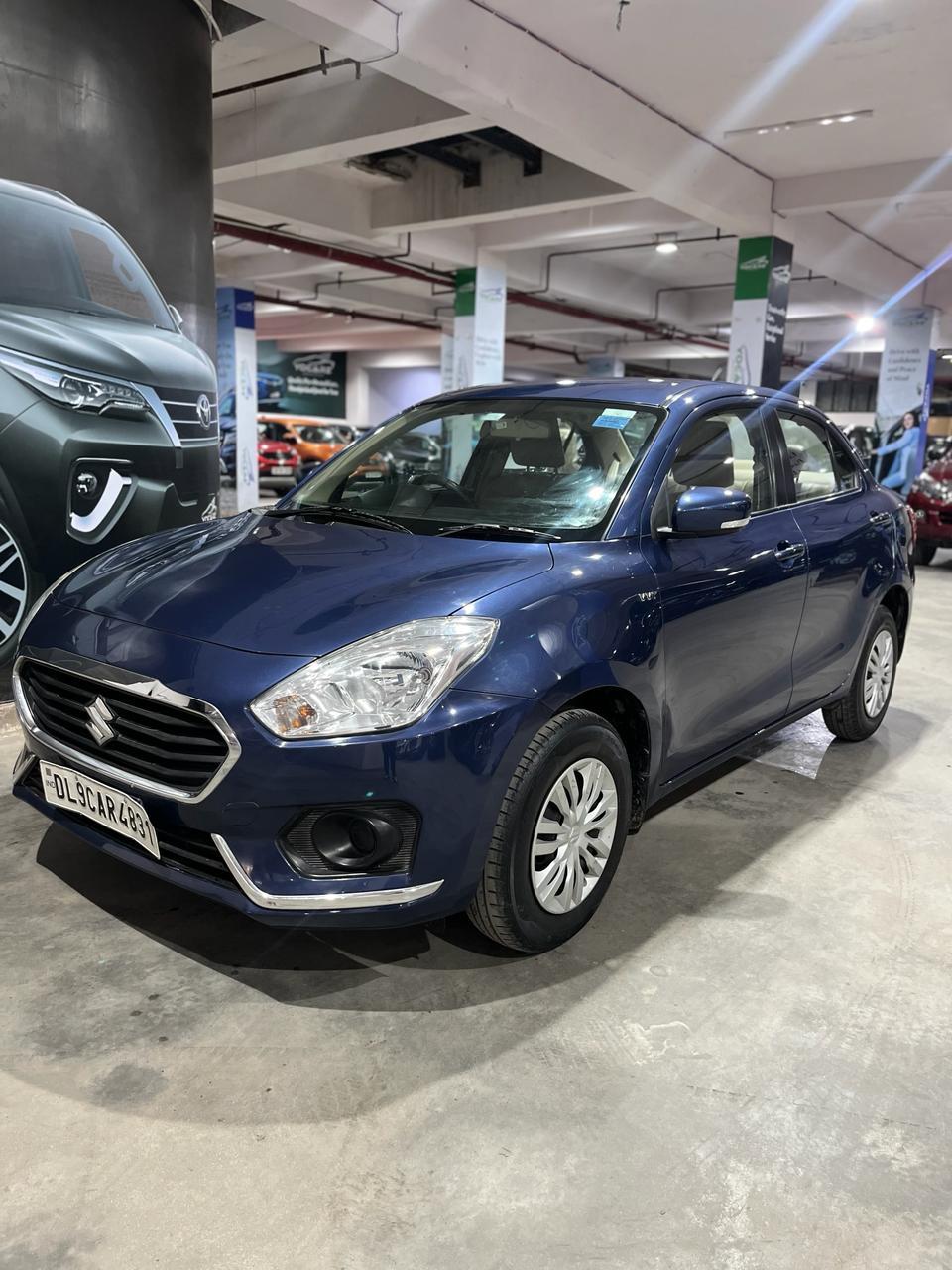
- 25,000 km
- Petrol
- Manual
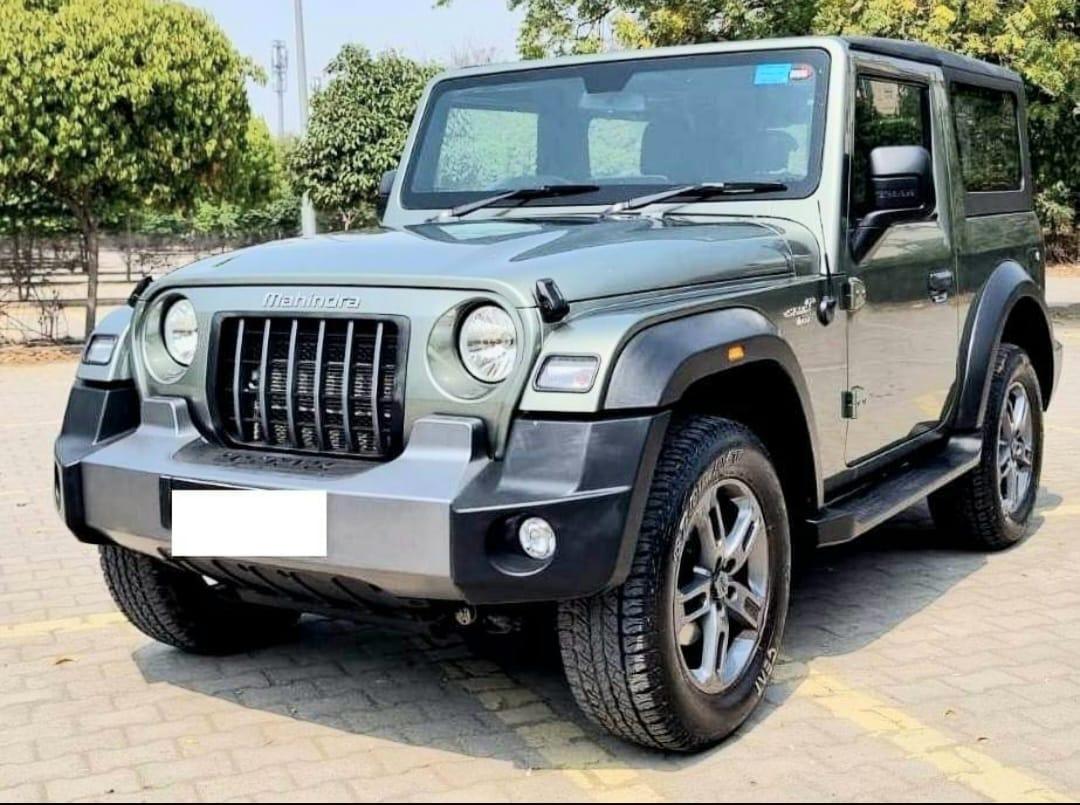
- 7,000 km
- Petrol
- Automatic
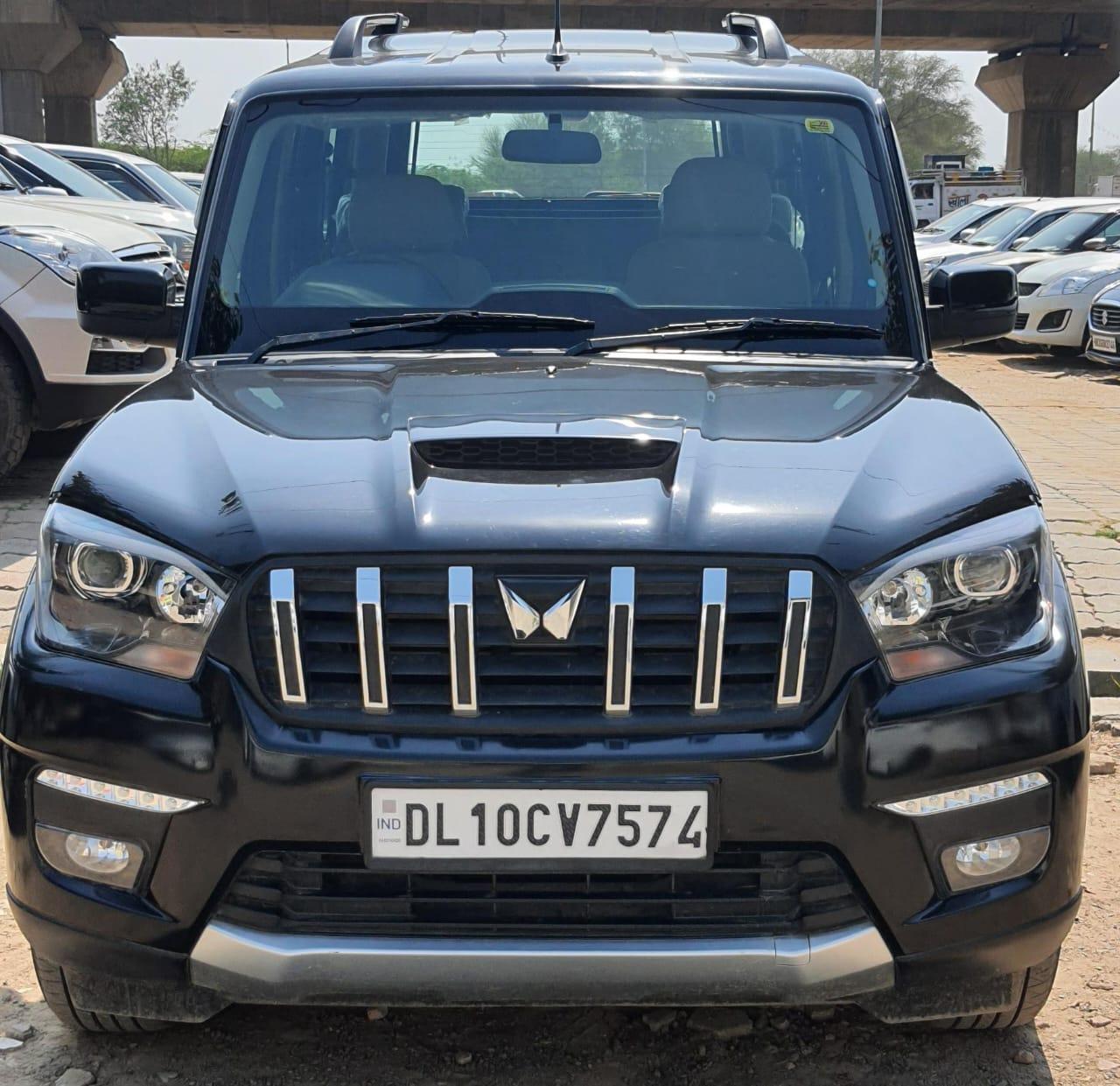
- 11,570 km
- Diesel
- Manual
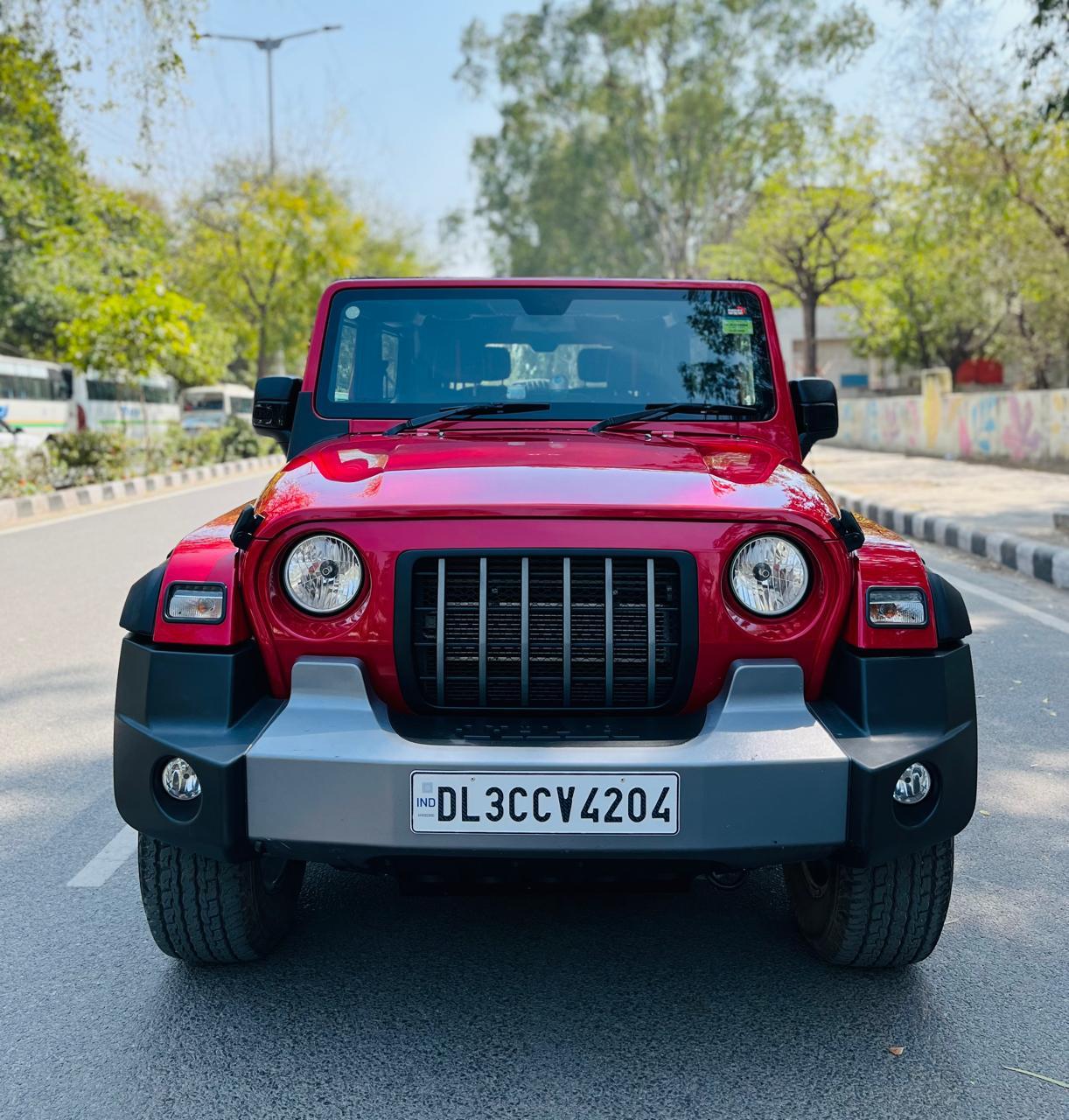
- 13,915 km
- Diesel
- Automatic
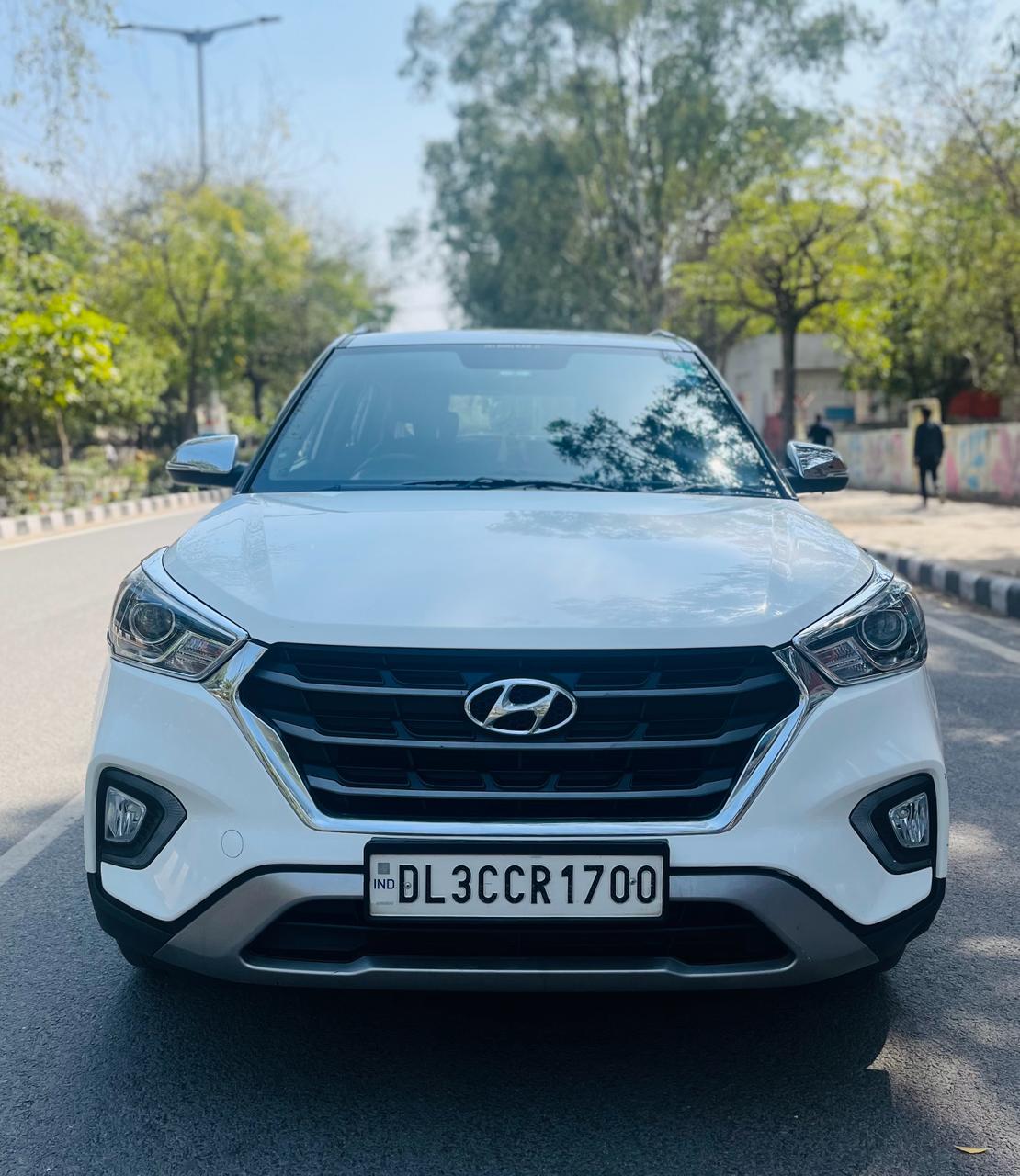
- 18,809 km
- Petrol
- Automatic
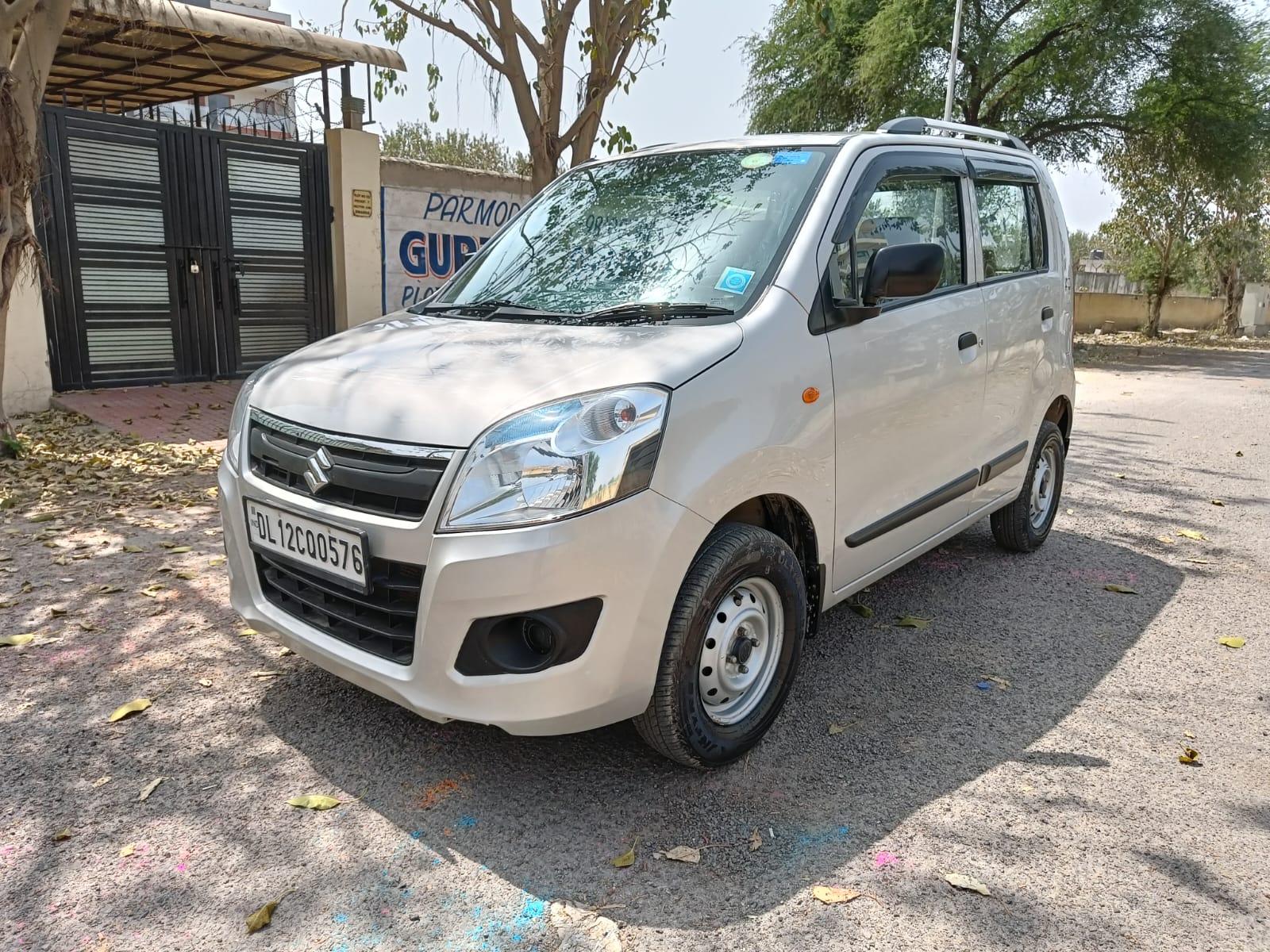
- 55,000 km
- Petrol+CNG
- Manual
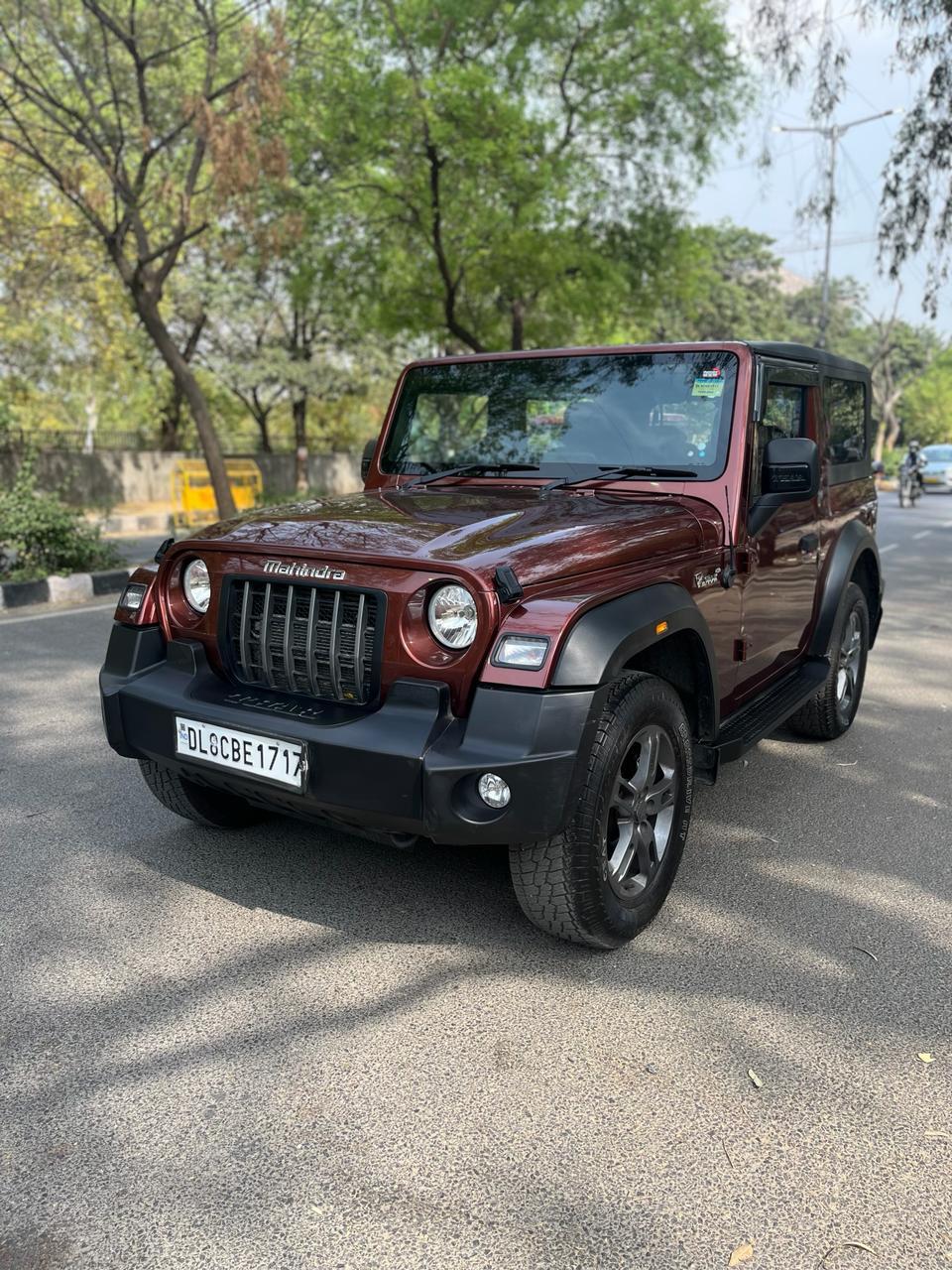
- 6,862 km
- Diesel
- Automatic
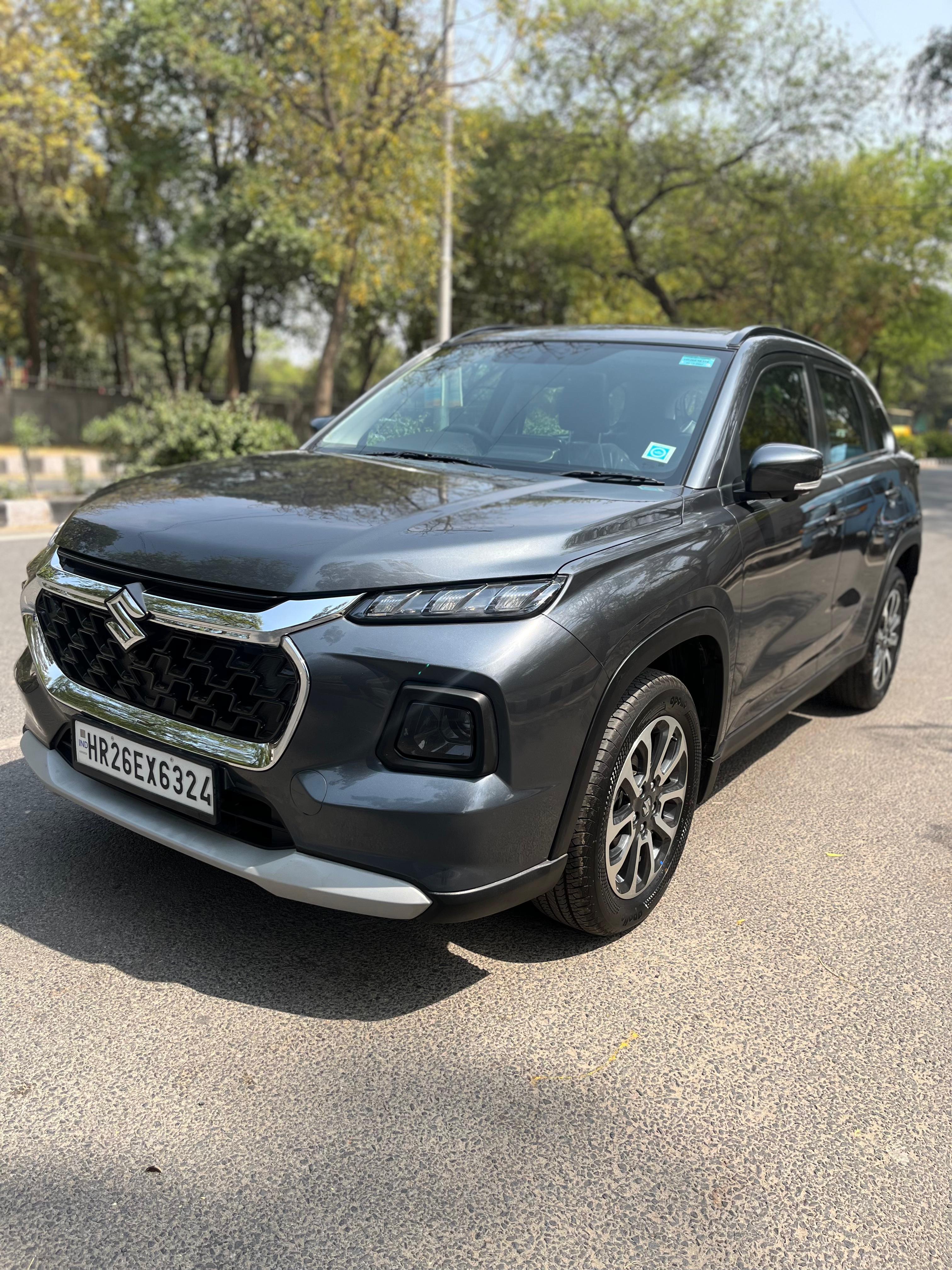
- 9,661 km
- Hybrid
- Automatic
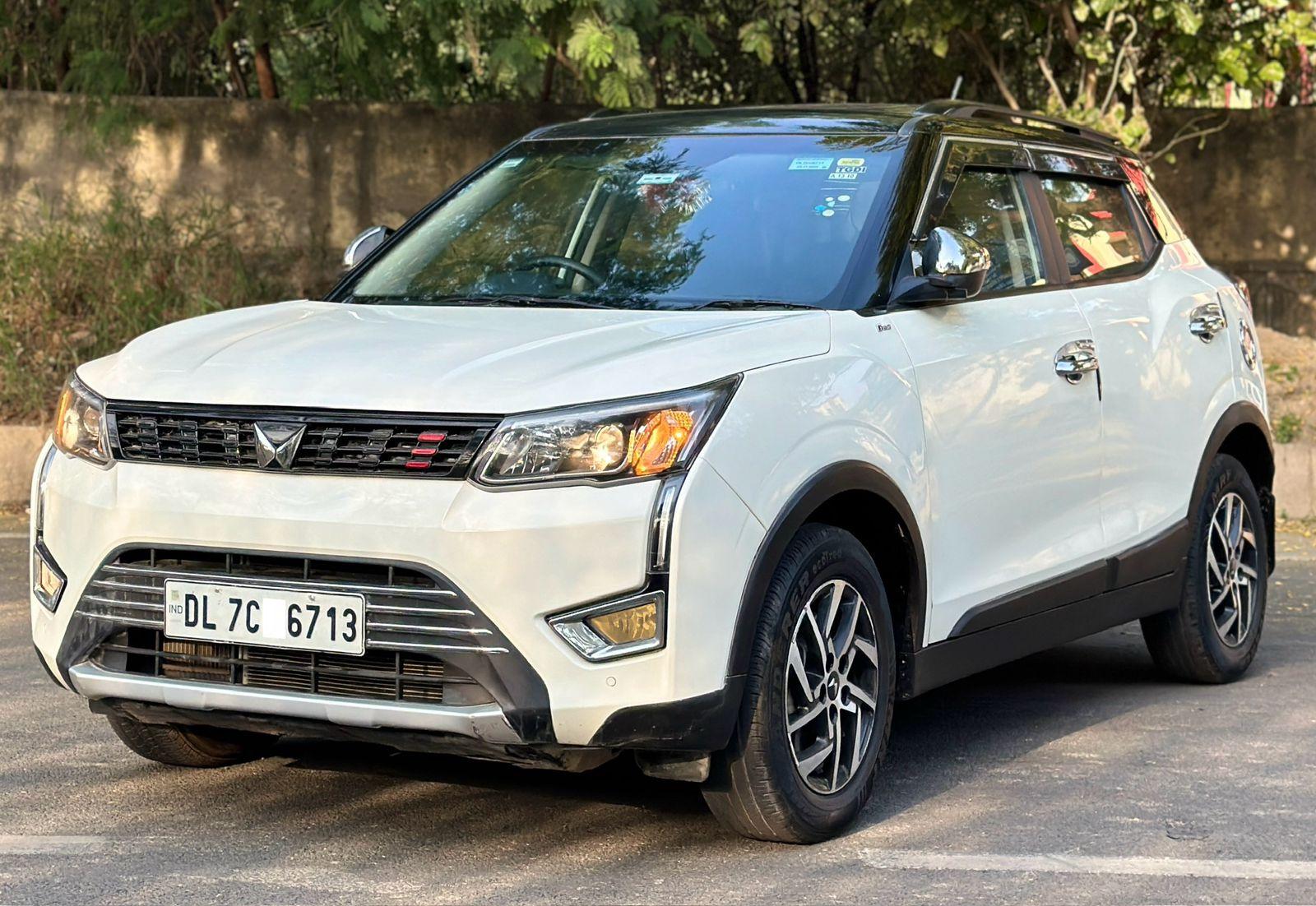
- 27,200 km
- Petrol
- Manual
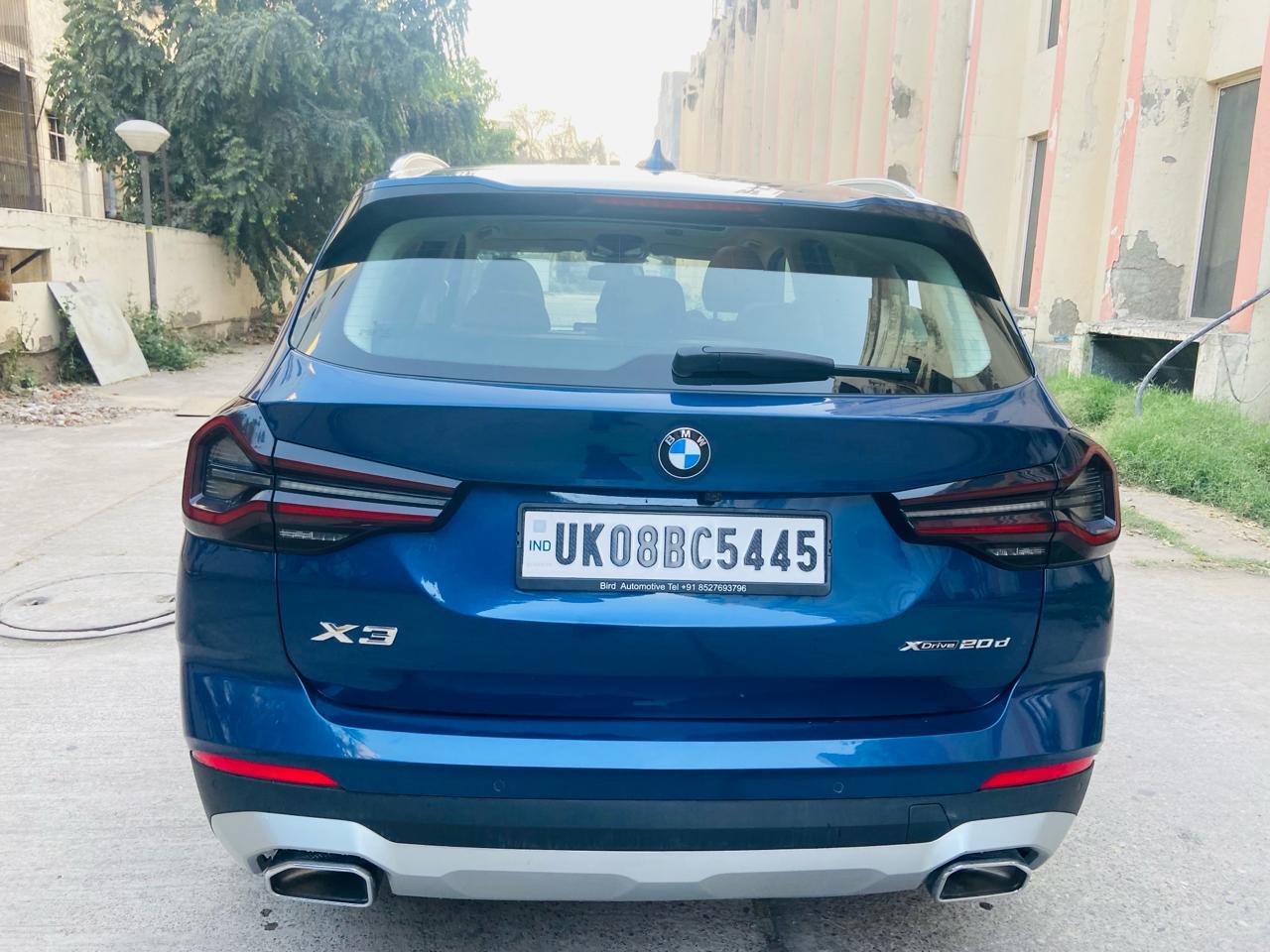
- 19,000 km
- Diesel
- Automatic
Upcoming Cars
Upcoming Bikes
Explore More
Latest News

